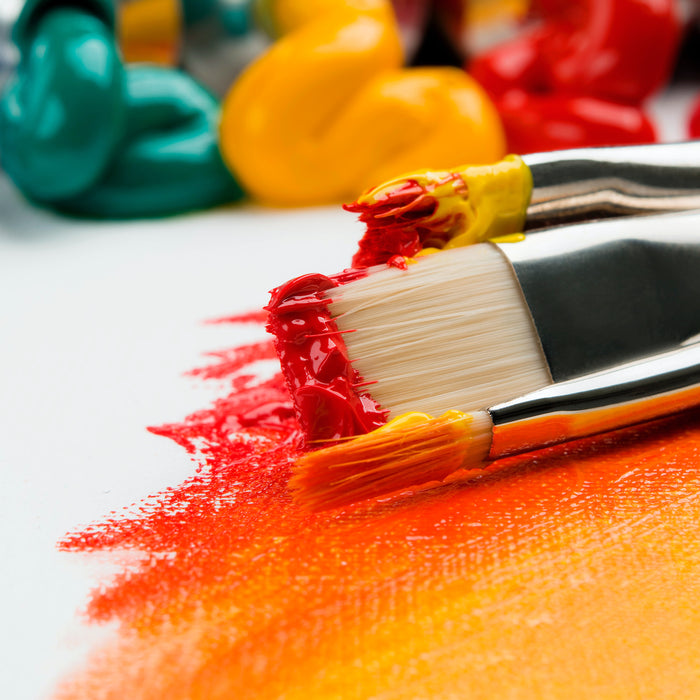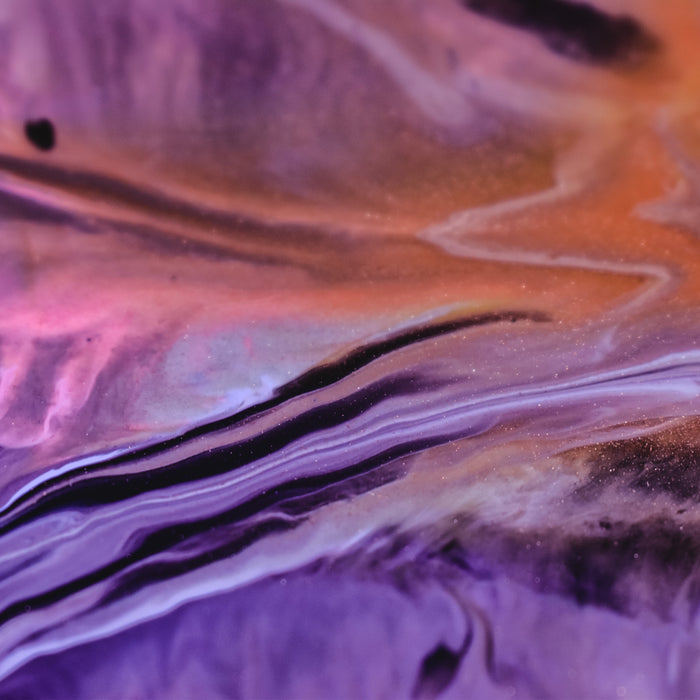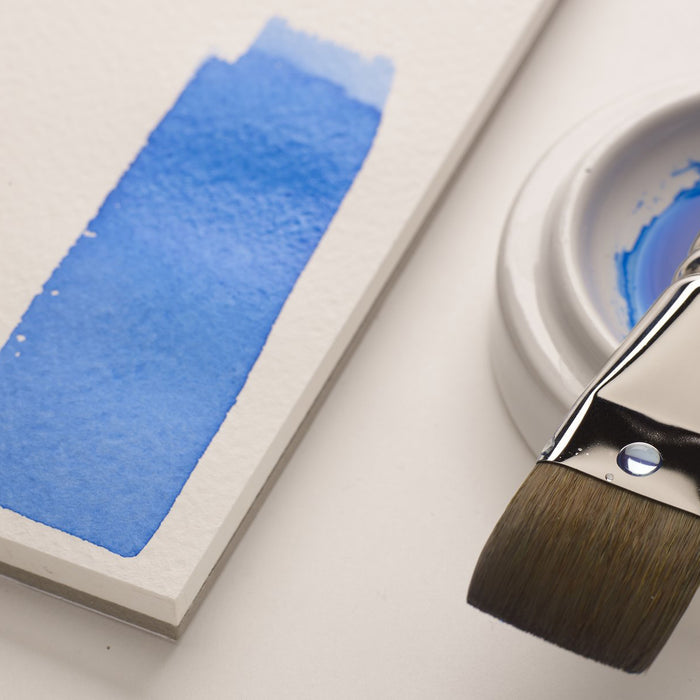
Best Acrylic Paints in 2023
Are you an aspiring or professional artist looking for a reliable set of acrylic paints? With so many brands and types out there today, it can be challenging to narrow down the best options. To help you on your journey...

CAUTION: The varnishing of watercolour paintings is a non-reversible addition to the artwork that will permanently change both the nature and appearance of the piece. Understanding these issues as well as performing application testing is critical before applying any varnish to a watercolour painting.
Watercolour paintings are very fragile and easily damaged if not protected. Traditionally framing the watercolour under glass has been the solution. It is possible to varnish watercolour paintings with minimal change to the colour and texture of the painting and to make the varnish completely removable with the use of an isolation coat. Without an isolation coat the varnish becomes a permanent component of the painting. Let's take a closer look at varnish for watercolour, but first let's learn more about the issues to consider.
FIXATIVE: 1st layer applied to finished watercolour painting
Use GOLDEN Archival Varnish Gloss (aerosol) to fix the watercolour painting. Apply 2-3 evenly sprayed coats depending on sensitivity of watercolour painting.
ISOLATION COAT: 2nd layer applied over fixative
For a brushable isolation coat slowly and thoroughly mix 2 parts GOLDEN Soft Gel Gloss with 1 part water. Brush over fixed watercolour using a soft broad brush that holds a lot of material. 1-2 coats should be sufficient.
For a sprayable isolation coat (for use with an airbrush or other spray equipment) mix 2 parts GOLDEN GAC 500 to 1 part GOLDEN Airbrush Transparent Extender. 1-2 coats should be sufficient.
VARNISH: 3rd layer applied over isolation coat
GOLDEN MSA Varnish, GOLDEN Archival Varnish or GOLDEN Polymer Varnish may be applied over the isolation coat. If brushing 2-3 coats are recommended and 4-6 coats if spray applied. Please test all of these materials and applications to a test piece prior to final application to minimize issues and familiarize yourself with the materials.
VARNISH: 1st layer applied over watercolour painting
GOLDEN MSA Varnish or GOLDEN Archival Varnish may be applied directly to the watercolour painting, spray application is highly recommended. Polymer Varnish and other water based varnishes are not recommended for direct application as this could result in bleeding of the watercolour painting.
GOLDEN Archival Varnish is a mineral spirit based acrylic aerosol varnish that is formulated with UVLS (Ultra Violet Light Stabilizers) to reduce the effects of UV radiation. It creates a tough but flexible film that is suitable for interior as well as exterior applications. It can be utilized as a fixative or final varnish. If used over an isolation coat it can be safely removed. Available in gloss, satin or matte. Use gloss varnish prior to satin or matte to best retain the original colour. Application of satin or matte varnishes directly to an absorbent surface can result in a lightening of colour.
GOLDEN MSA Varnish is a mineral spirit based acrylic varnish that is formulated with UVLS (Ultra Violet Light Stabilizers) to reduce the effects of UV radiation. It creates a tough but flexible film that is suitable for interior as well as exterior applications. It is a final varnish. If used over an isolation coat it can be safely removed. Can be thinned for brushing or spraying with MSA Solvent or rectified and distilled turpentine. Available in gloss, satin or matte. Use gloss varnish prior to satin or matte to best retain the original colour. Application of satin or matte varnishes directly to an absorbent surface can result in a lightening of colour.
GOLDEN Polymer Varnish is a water based acrylic varnish that is formulated with UVLS (Ultra Violet Light Stabilizers) to reduce the effects of UV radiation. It is less effective in providing UV protection than MSA or Archival Varnish. There is a concern in using water based materials over water sensitive media since this can lead to bleeding or streaking, especially when brush applied. . It is a final varnish. If used over an isolation coat it can be safely removed. Can be thinned for brushing or spraying with water. Available in gloss, satin or matte. Use gloss varnish prior to satin or matte to best retain the original colour. Application of satin or matte varnishes directly to an absorbent surface can result in a lightening of colour.
Hopefully you've learnt a thing or two about varnish for watercolour. To explore more, see ArtStore Online's spray varnishes here and watercolour painting products here.
Information provided by GOLDEN ARTIST COLORS

Are you an aspiring or professional artist looking for a reliable set of acrylic paints? With so many brands and types out there today, it can be challenging to narrow down the best options. To help you on your journey...

Acrylic pour painting is an engaging and easy-to-learn art technique where fluid acrylic paints are poured onto a canvas or other surface, creating mesmerising patterns as colours blend. This enjoyable method offers limitless creative possibilities for experimentation. Acrylic pour painting...

Selecting the right watercolour paint brushes is essential for artists of all levels, as it significantly influences the painting experience, artwork quality, and overall satisfaction. The appropriate brushes help achieve desired effects, blend colours smoothly, and enhance the artwork. This...